Bekaa Valley
Q21576015Bekaa: valley between the Lebanon and Anti-Lebanon mountains.
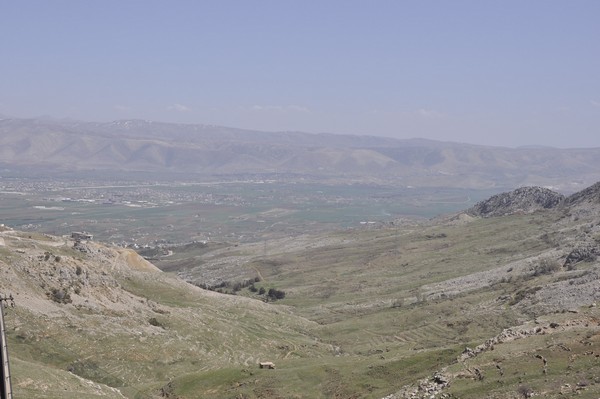
The coastal road from Antioch to the south is, even today, quite difficult. Ancient and medieval travelers would prefer the road through the interior, going upstream along the Orontes to Beroea (Aleppo), Baalbek-Heliopolis, Chalkis (modern Anjar), and down to Tyre along the Leontes (mod. Litani) or to Panias at the source of the Jordan river. Travelers would keep the Lebanon to the west and the Anti-Lebanon to the east. The valley between these two mountain ranges is called the Bekaa. Historically, this was part of the land of the Aramaeans.
Because it is situated in the rain shadow of the Lebanon, there's not much rainfall in the Bekaa. Nevertheless, the melting snow of the mountains creates lots of small rivers, which empty themselves into the Litani. Their waters make the Bekaa one of the most fertile regions in the Near East, used to produce (among others) grapes and wine.
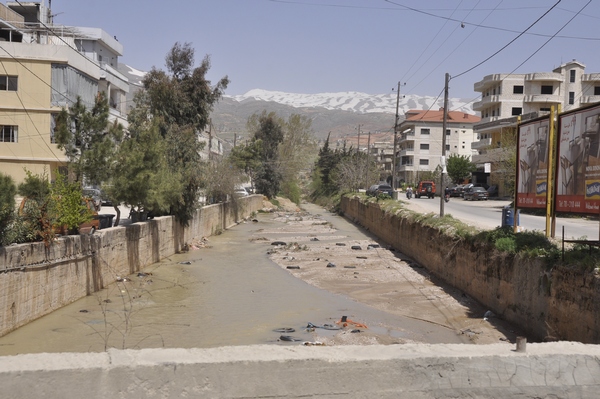
Along the ancient road there are several sanctuaries, like the four temples at Nihata. The most famous was of, course, the temple of the Ba'al of the Source (of the Litani), Ba'al Nebek or Baalbek. This may be the site where the famous conference of Triparadisus took place in the late summer of 320 BCE. This meeting marked the end of the empire of Alexander the Great.
The Bekaa valley is one of the sectors of the large rift valley that is, in the west, flanked by the Amanus Mountains, the Bargylus Mountains, the Lebanon, and the Mountains of Judah, and that continues through the Red Sea. The land was sometimes called "hollow", in Greek Coele Syria.note
Strabo also calls the valley "Massyas", and says that Chalkis (mod. Anjar) was the capital of its southern part, Iturea.note He also refers to an Aramaean myth about a dragon named Typhon who had been struck by a bolt of lightning and fled underground, cutting the earth, forming a river bed, and finally causing a fountain to break forth to the surface.note These sources were at Baalbek, where the Litani and Orontes originated. Another myth can be found in the fifth tablet of the Epic of Gilgameš, in which the hero and his friend Enkidu fight against a monster named Humbaba; during this battle, Mount Hermon is broken off from the Cedar Mountains. There is still a place called Taaniyel, which means "monster of god".
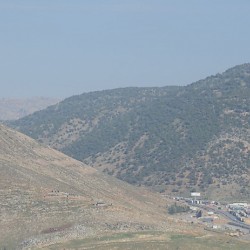 The road to Damascus through the Antilebanon |
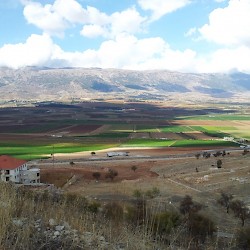 The southern Bekaa valley |
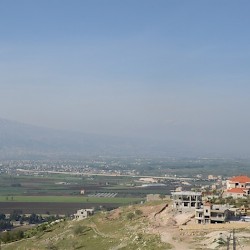 Bekaa Valley from Majdel Anjar |
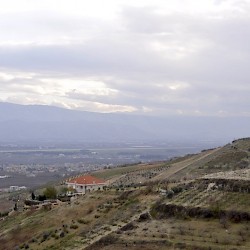 The Bekaa valley from Qsarnaba |